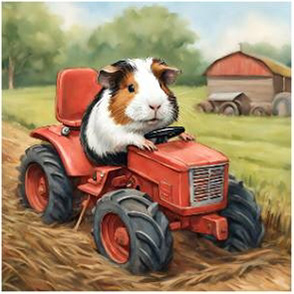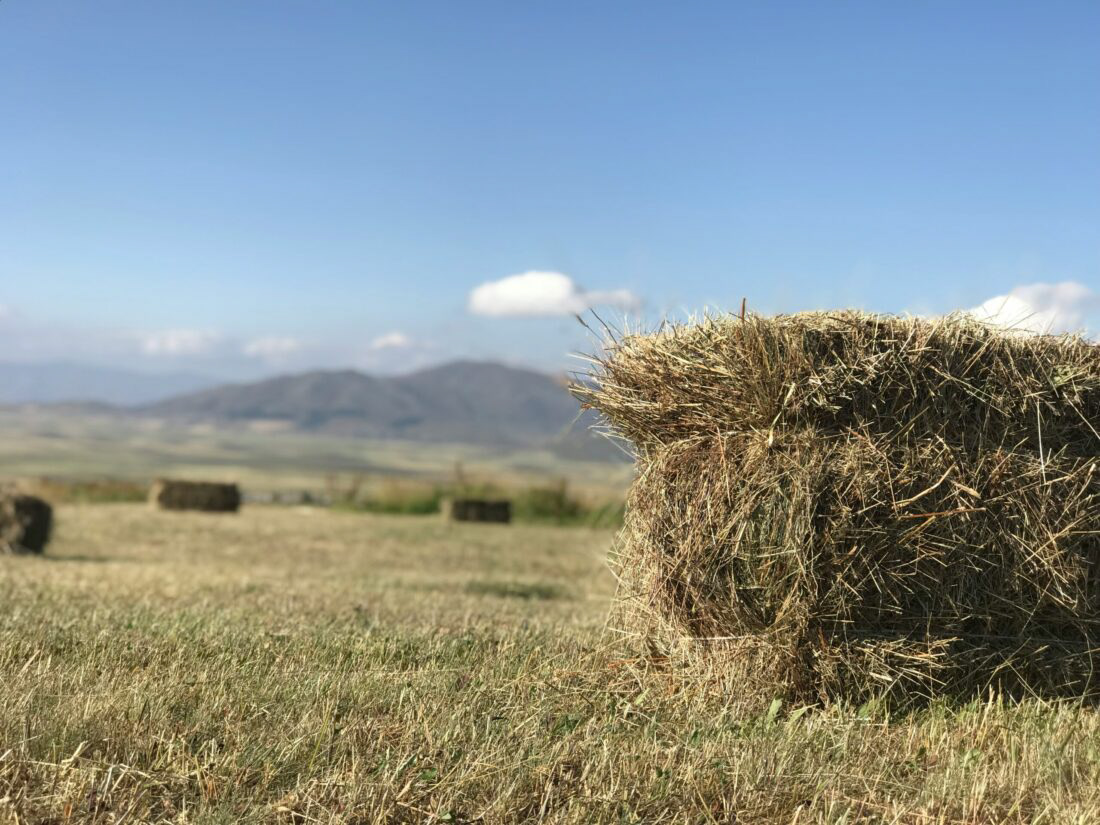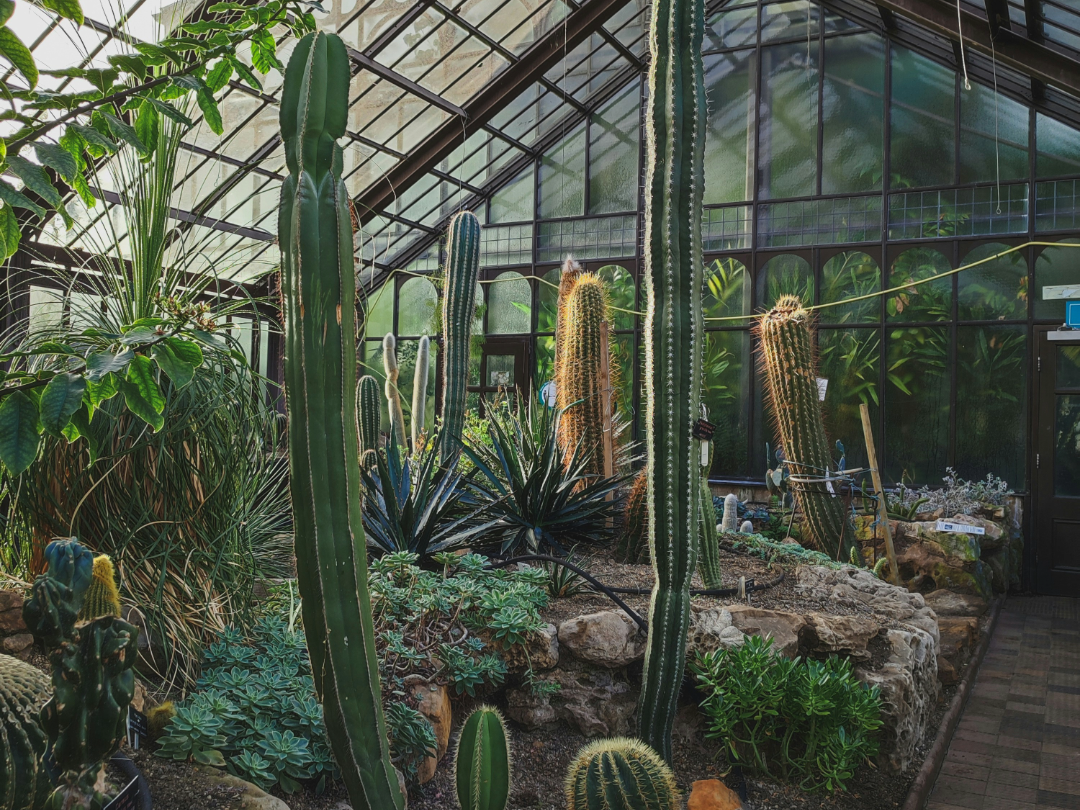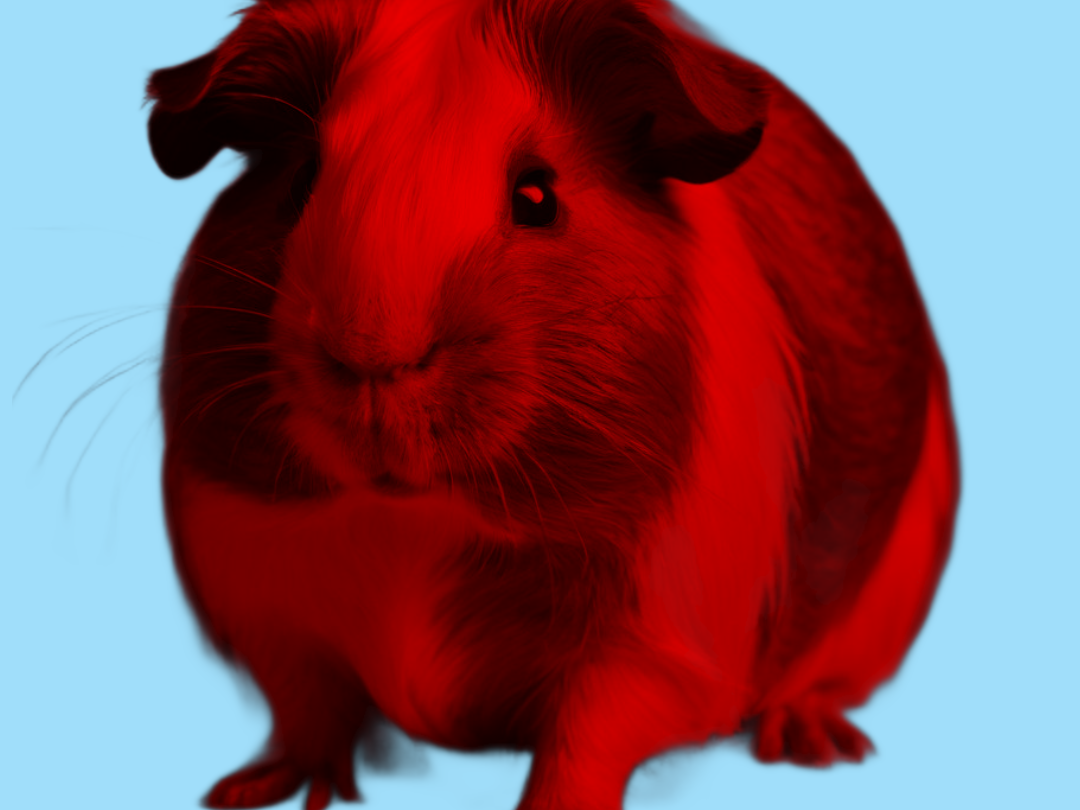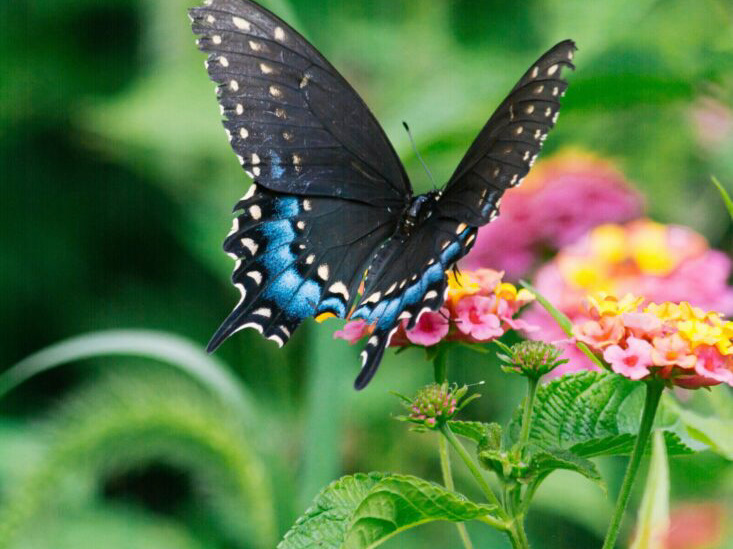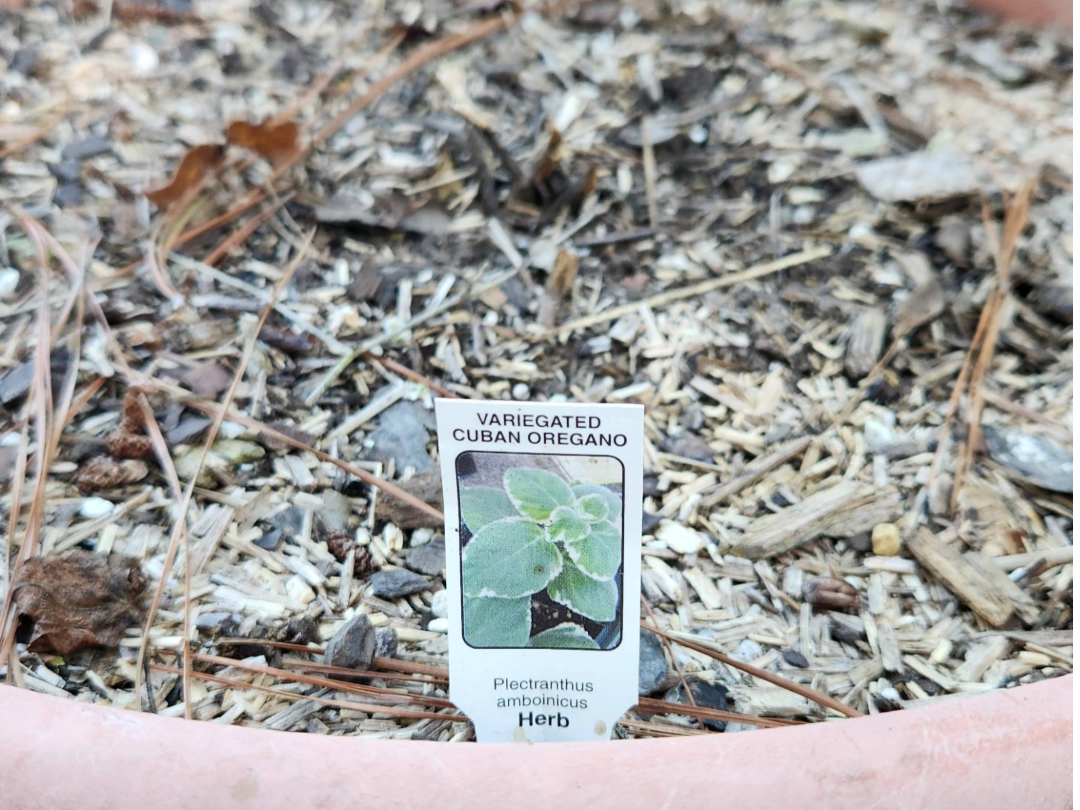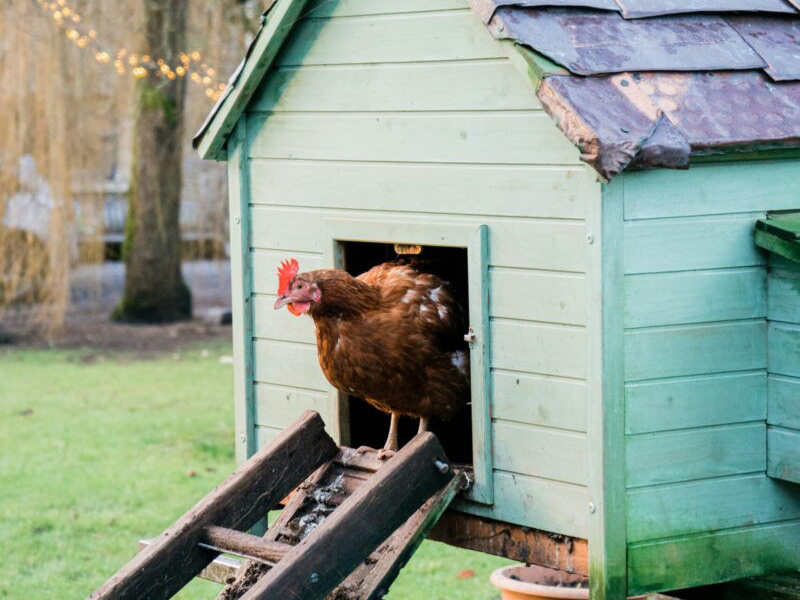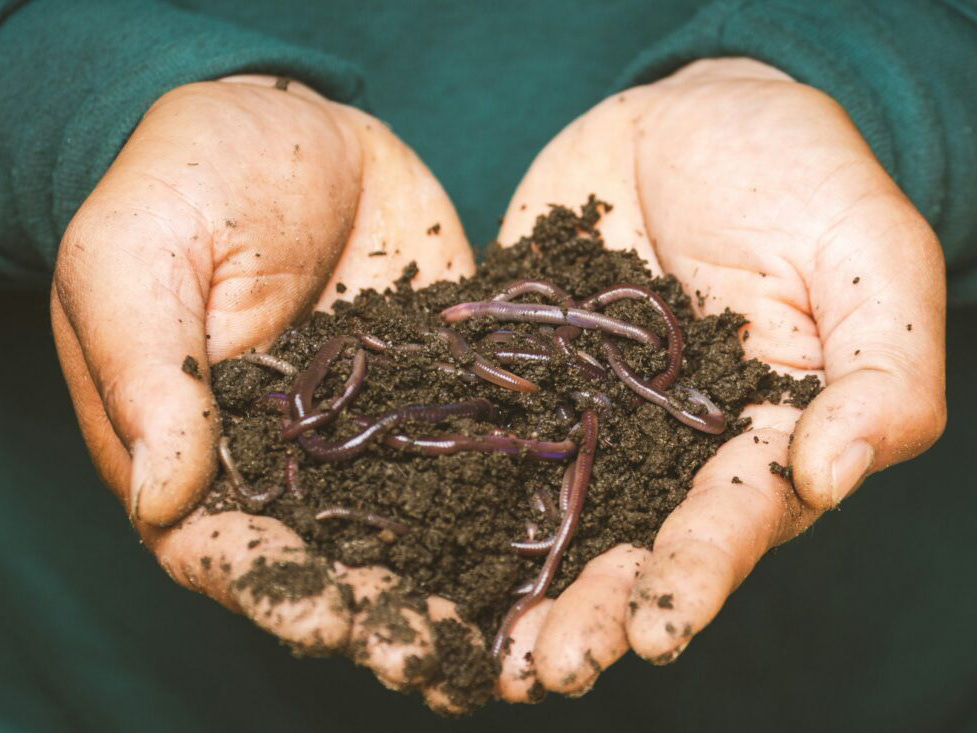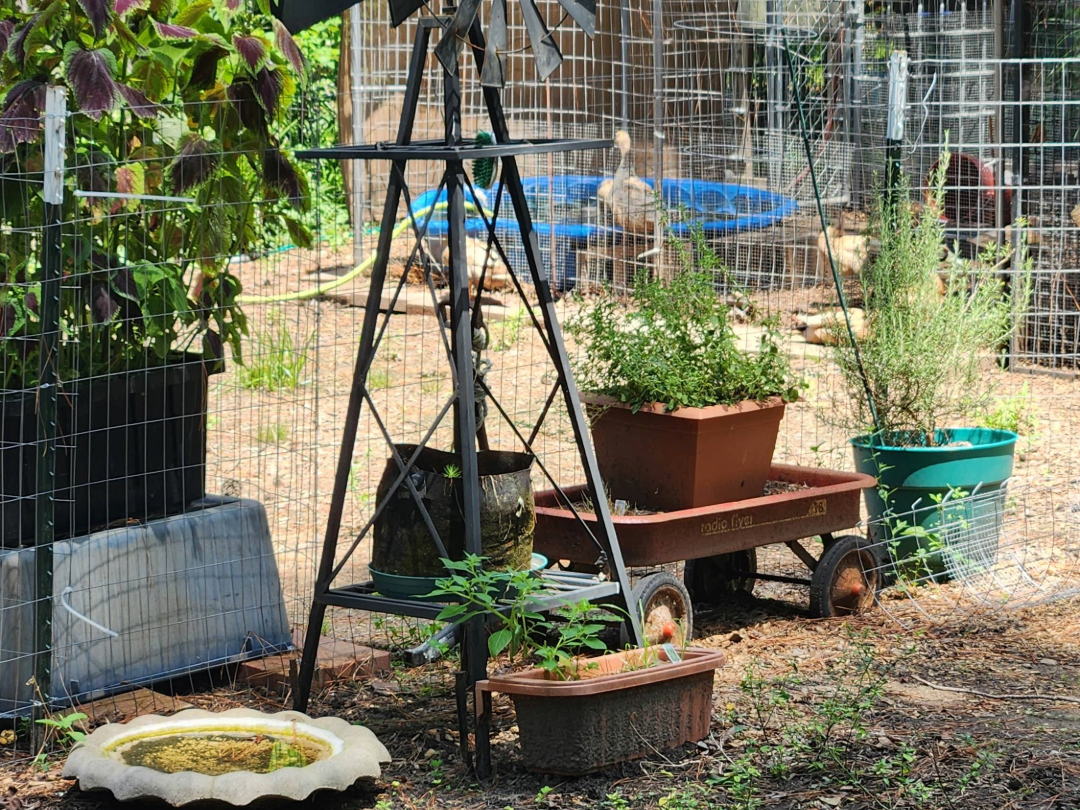Hello friends, Fall is creeping in, and then it will be guinea pigs in winter again. The weather is getting nice for working on your paradise, your idyll Shangri-La. It is the perfect time of the year to knock out some labor-intensive projects around the garden and house. Especially here in Texas where being outside in the summer is not the place you want to be.
Mild Texas Winters
The Guinea Pig Garden is in garden zone 8B in Texas. Texas winters are rather mild from other parts of the country. We do get freezing weather a few times a year. Freezing weather typically arrives here in late December or January. Those Freeze spells usually stick around only a few days at a time as well.
The Experiment with Seed Warming Mats
I have tried many ways to keep guinea pigs warm through the winters here. One of which did not work out so well. That was placing seed warming mats between bricks in an attempt to warm the bricks. I measured the temperature with an infrared thermometer and found this an insufficient way of keeping my guinea pigs warm.
The Ideal Solution: Creating a Guinea Pig Winter Haven
No worries though, there is another way. In my opinion, one of the best ways is to fill rabbit cages full of hay and place them about 6 inches off the ground. You can use cinder blocks to make a room underneath the cage. The entrances to the cage and the room underneath should have a south-facing entrance. Your cage should remain open allowing the guinea pigs to go inside and make tunnels in the hay. You will have hours of entertainment watching your guinea pigs play in the hay. The best part about this method is that it works for both the cold and the heat here in Texas. We have been trying to steer clear of using hay. What does that mean for the guinea pigs here for this winter?
A Shift Away from Hay
In previous years I have used heat lamps outside along with hay. This year I may have to move my female guinea pigs in with my chickens for the winter. In the coops, I will be trying a new bedding this year. That bedding is hemp mulch sourced from another gardener here in Texas. Trying new and better ways to do things is the way I like to do things. The number one reason I am trying to avoid hay is because of possible herbicide contamination, making introducing hay back into the garden seem risky to me.
Hemp Mulch: An Eco-Friendly Gardening Material
I have added a plugin or two for ChatGPT to source some fresh information. That being said I also took the liberty to ask ChatGPT what it could tell me about hemp mulch, and this is what it told me.
Hemp mulch is a sustainable and versatile gardening material made from the fibers of the hemp plant.
Here are some key points about hemp mulch:
Hemp mulch is a sustainable and versatile gardening material made from the fibers of the hemp plant. Here are some key points about hemp mulch:
Sustainability: Hemp mulch is eco-friendly because it is derived from the hemp plant, which grows rapidly and requires minimal pesticides and herbicides. It is biodegradable and helps reduce waste.
Weed Suppression: One of its primary uses is weed suppression. When spread over the soil’s surface, hemp mulch forms a natural barrier that inhibits weed growth. This can help reduce the need for chemical weed control.
Moisture Retention: Hemp mulch has excellent moisture retention properties. It helps retain soil moisture, reducing the frequency of watering in your garden.
Soil Improvement: As hemp mulch breaks down, it adds organic matter to the soil, enhancing its structure and fertility. This can lead to healthier plant growth.
Temperature Regulation: Hemp mulch acts as an insulator, helping to regulate soil temperature. It keeps the soil cooler in hot weather and warmer in cold weather, promoting optimal conditions for plant roots.
Disease Resistance: Some gardeners claim that hemp mulch has natural anti-fungal properties, which can help protect plants from certain diseases.
Aesthetic Appeal: Hemp mulch has a natural, earthy appearance that can enhance the visual appeal of your garden beds.
In summary
hemp mulch is a sustainable and beneficial gardening material that can improve soil quality, conserve moisture, suppress weeds, and promote healthy plant growth. It’s an eco-friendly choice for gardeners looking to enhance their garden’s health and appearance.
This makes me curious how hemp mulch stacks up to hay when used as bedding.
Hay Bedding for Guinea Pigs in Winter
Natural Appearance: Hay bedding provides a rustic and natural look in gardens and can be used as mulch.
Weed Suppression: It can also suppress weeds when layered thickly, although it may not be as effective as hemp mulch.
Organic Matter: Hay bedding, when decomposed, adds organic matter to the soil, improving soil structure and nutrient content.
Animal Bedding: Hay is commonly used as bedding for animals, providing comfort and insulation.
Cost-Effective: Hay bedding is often more affordable than hemp mulch.
Biodegradable: Like hemp mulch, hay bedding is biodegradable and environmentally friendly.
Comparison
Hemp mulch is more effective at weed suppression due to its dense texture.
Hemp mulch is superior in moisture retention and soil improvement.
Hay bedding has a more rustic appearance and is often used for animal bedding.
Both are biodegradable and environmentally friendly.
Ultimately, the choice between hemp mulch and hay bedding depends on your gardening goals. Hemp mulch excels in moisture retention and weed suppression, making it ideal for maintaining a tidy and thriving garden. Hay bedding, on the other hand, may be preferred for its natural look and affordability, especially if you have animals that can benefit from it as bedding material.
Conclusion
Taking into consideration all the reasons listed above. I will also be using hemp to mulch my containers. This won’t stop me from Planting multiple species in one container. Let me know how cold it gets where you keep your guinea pigs. Do you have a barn or shed set up to keep your guinea pigs warm? Sign up for my newsletter or follow with social media to stay informed about the happenings here at the Guinea Pig Garden
